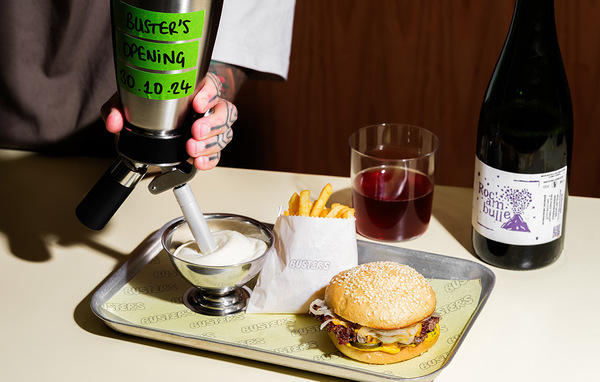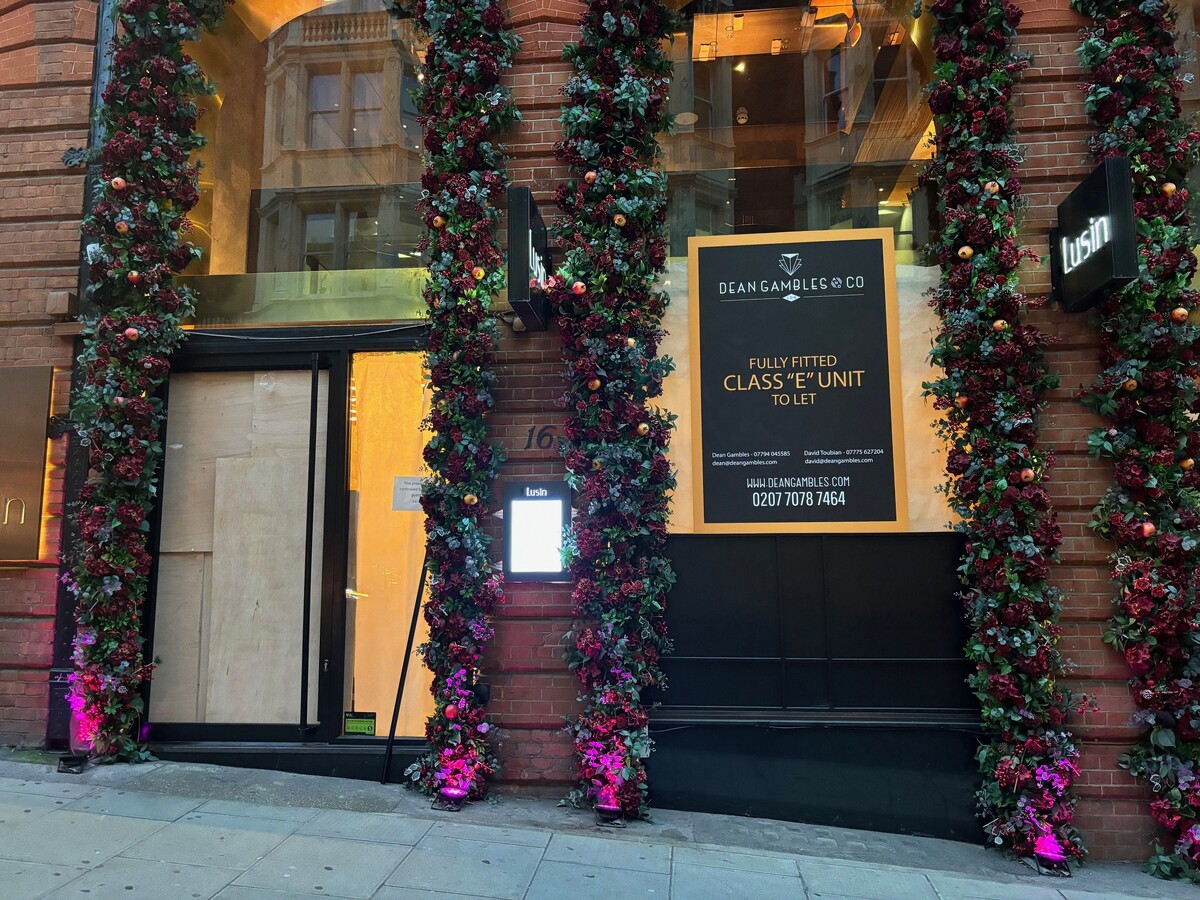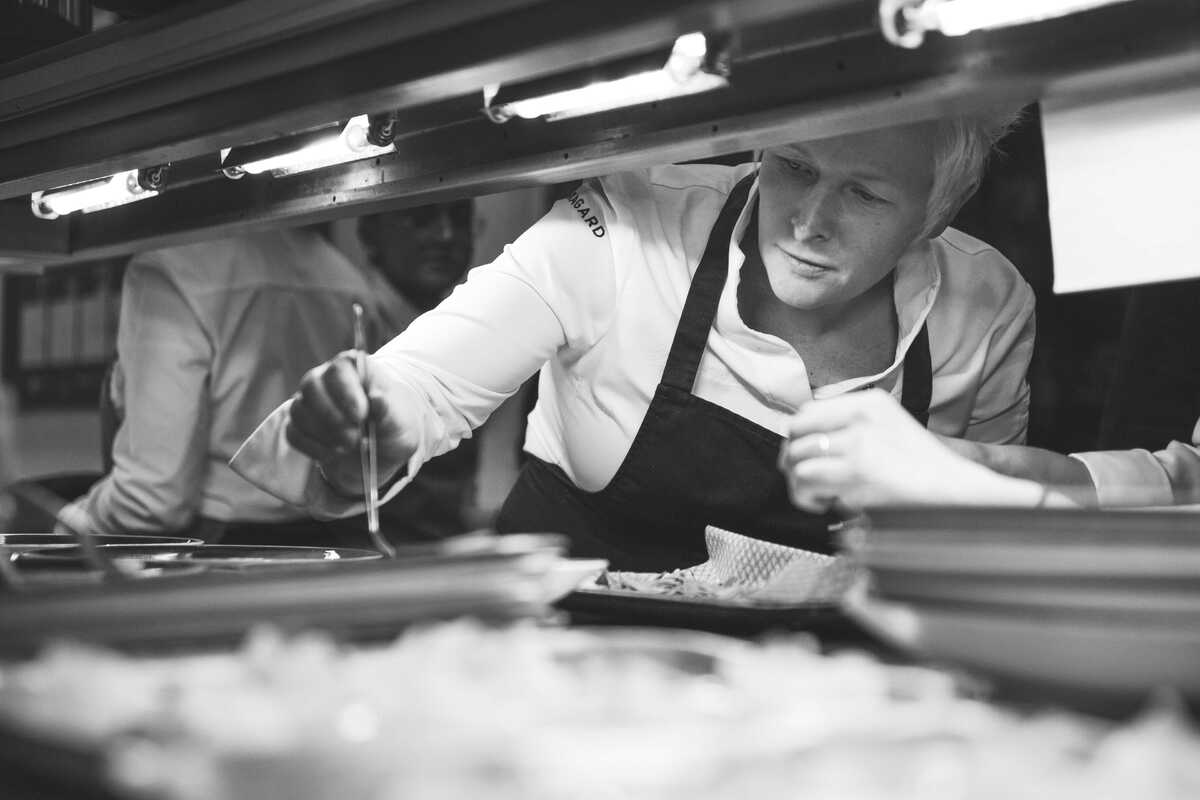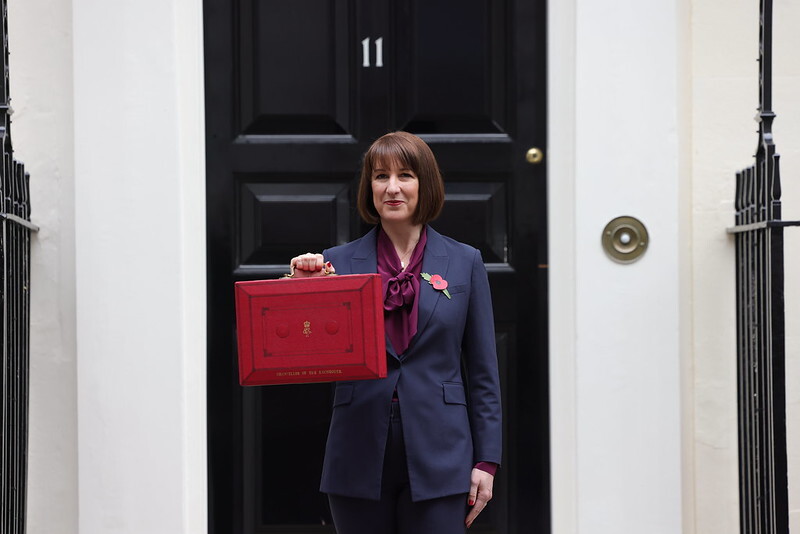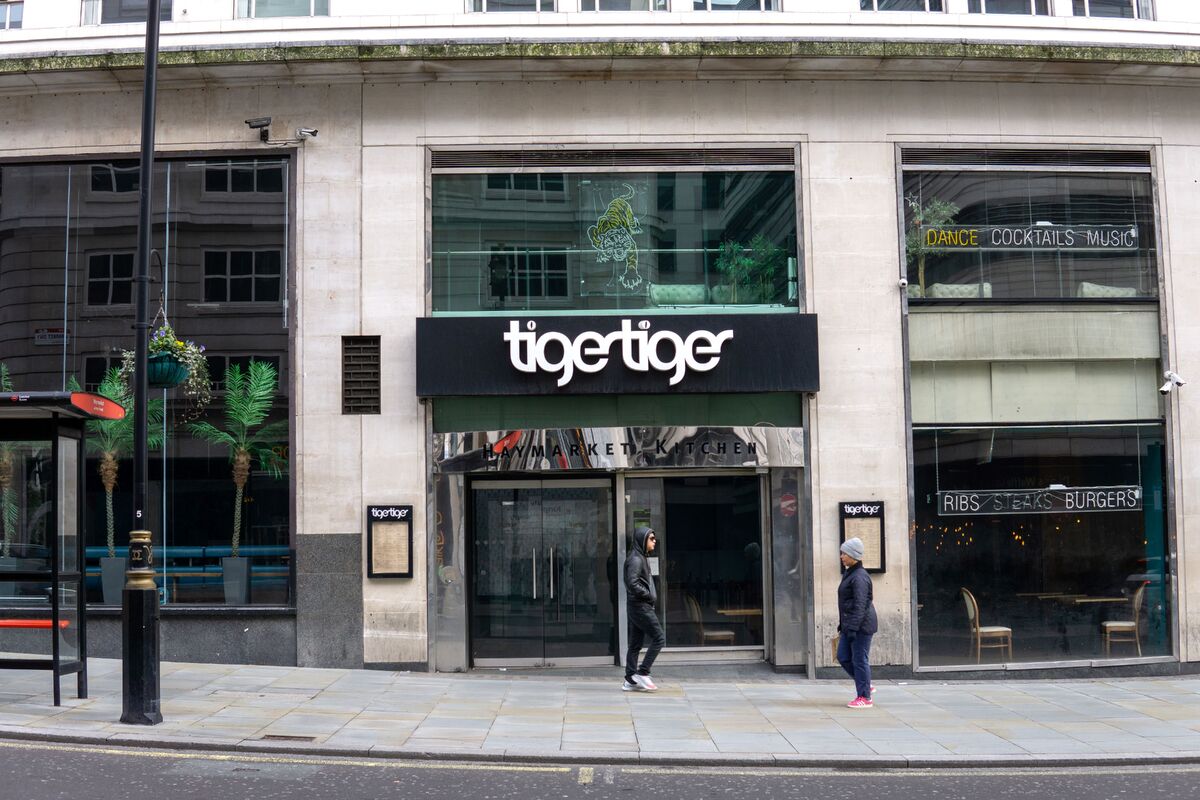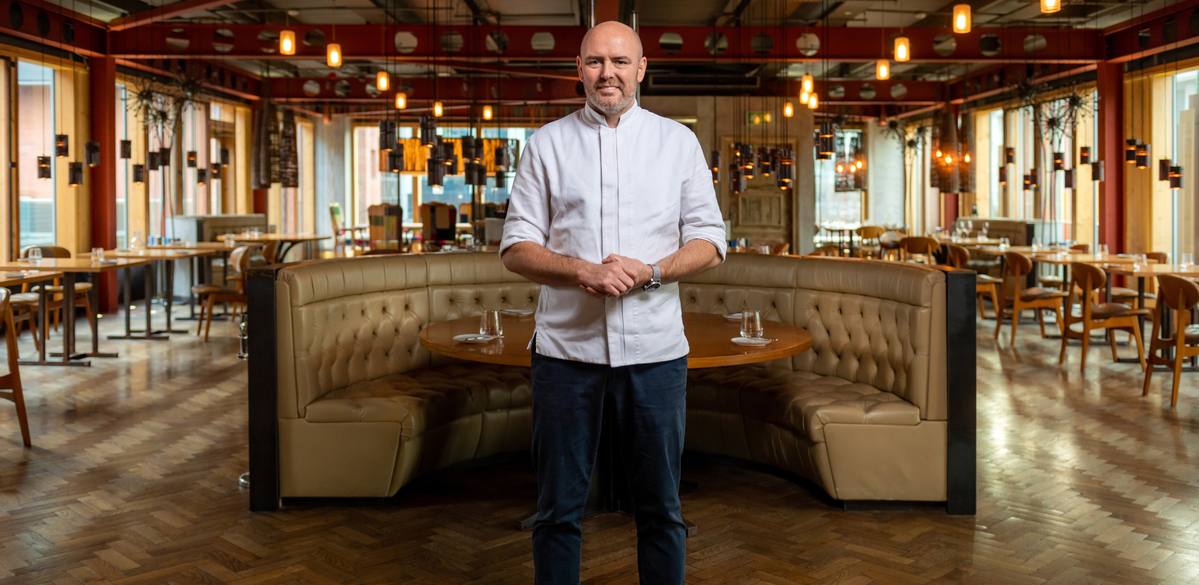Top-quality hotel rooms are a luxury in London
High building costs and a lack of suitable sites have squeezed the number of luxury hotel rooms available in central London. With the 2012 Olympics looming closer, is this situation a cause for concern? Selwyn Parker reports
When the Miami Dolphins and the New York Giants squared up at Wembley Stadium last month, it was an historic occasion - the first competitive NFL game outside the USA. It was also a lucrative weekend for London's luxury hotels, with hardly a five-star room left after the management, stars, owners and supporters had booked in.
This was reflective of a wider trend in the capital, with estimates suggesting there are about 1,400 genuinely luxury rooms in London - not nearly enough to satisfy present or future demand. Jamie Talmage, business analyst for tourist board VisitLondon, said: "There is a general shortage of top-quality accommodation in London."
While this may be bad news for last-minute bookers, it's good news for five-star operators, with the laws of supply and demand meaning that such shortages push up room rates. "At the high end you can almost name your own price," one industry insider claimed.
Financial markets
A luxury room in London typically sets a guest back £500 to £600 a night and rising. So far this year, revenue per available room (revpar) for high-end hotels is up 10-15%. And although the turmoil in the financial markets has put a question mark over growth, particularly from the USA, forecasters predict at least 5% gains in revpar next year.
"Our outlook is still quite bullish", said Liz Hall, PricewaterhouseCooper's head of hospitality research. "I don't see any reason why they can't keep charging these rates." And neither does Talmage. "Europe and the Middle East are still strong," he pointed out. "And there's a lot of wealthy individuals coming out of emerging markets."
To the further profit of this gilded sector, the London luxury hotel market is about to shrink further when the 263-bedroom Savoy closes next month for refurbishment. Now under the management of the Fairmont Group, the grand old lady will be showered with £100m-worth of redevelopment to bring her up to scratch for the next decade or so. "The idea is for us to reclaim our position as one of London's top hotels," said Julian Haddon, regional director of sales and marketing in Europe.
"Like any good business, we look at a number of measurements, one being revenue generation per square foot and another enhanced asset value against ebitda (earnings before interest, tax, depreciation and amortisation) growth, to name but two," he said.
In practical terms, that means the profitable restoration of the Savoy's art deco heritage and the Edwardian decor that has proved the hotel's enduring attraction. "We plan to bring life and activity back into the public areas," said Haddon.
In short, the owners will exploit the Savoy's unique selling propositions to lift the somewhat depressed current room rates to prevailing levels. According to general manager Kieran MacDonald, its typical corporate rate will rise to £550 in 2009, up about 60% on current charges. "That will allow us to compete head-to-head with other well-known branded hotels on Park Lane and in Knightsbridge," said Haddon. "They're all having a great year."
And after the shutdown of the Savoy for its extreme makeover, next year is likely to get even better for its competitors. Because it's exclusive, the sector is relatively impervious to all but the most severe financial shocks. By contrast, the four-star market, increasingly popular with cost-conscious companies, is in an almost permanent state of adjustment to changing market conditions.
Mounting cost
Apart from the mounting cost of construction - perhaps the most daunting barrier - the paucity of sites in central London, the home of nearly all luxury hotels, is the main reason for the scarcity of luxury rooms. In five-star suburbs like Chelsea and Kensington, hotel companies compete with residential developers for space and have been losing out. When they do, the only alternative is to buy existing hotels and give them the gilt-edged treatment.
Looking ahead, the luxury market will have new competition in the shape of the Renaissance London St Pancras, due to open in 2009 and, much further away, the 195-bedroom Shangri-La on 34 floors of the "Shard of Glass", Renzo Piano's London Bridge Tower south of the Thames.
But it's likely the additions will only serve to mop up expanding demand rather than lead to a surplus of rooms. New projects will add "no more than 500 rooms to the exclusive set of top-class London hotels", according one insider.
And with the London Olympics only four-and-a-half years away, that's almost certainly not enough.
Luxury refurbs
You can't rest on your laurels in the luxury market. Park Lane's Grosvenor House is in the middle of a major refurbishment while staying open. "The renovations will allow us to us to charge rates in accordance with a booming market," said sales and marketing director Chip Stuckmeyer.
Park Lane InterContinental fully reopens next month after a £76m refit, while the Rocco Forte-owned Brown's hotel has just had £24m spent on it.
Meanwhile, by May 2009, the Savoy will reopen with the River restaurant, a much brighter lobby, an extended Thames Foyer with a new bar, a spruced-up American Bar and upgraded rooms overlooking the Thames.


